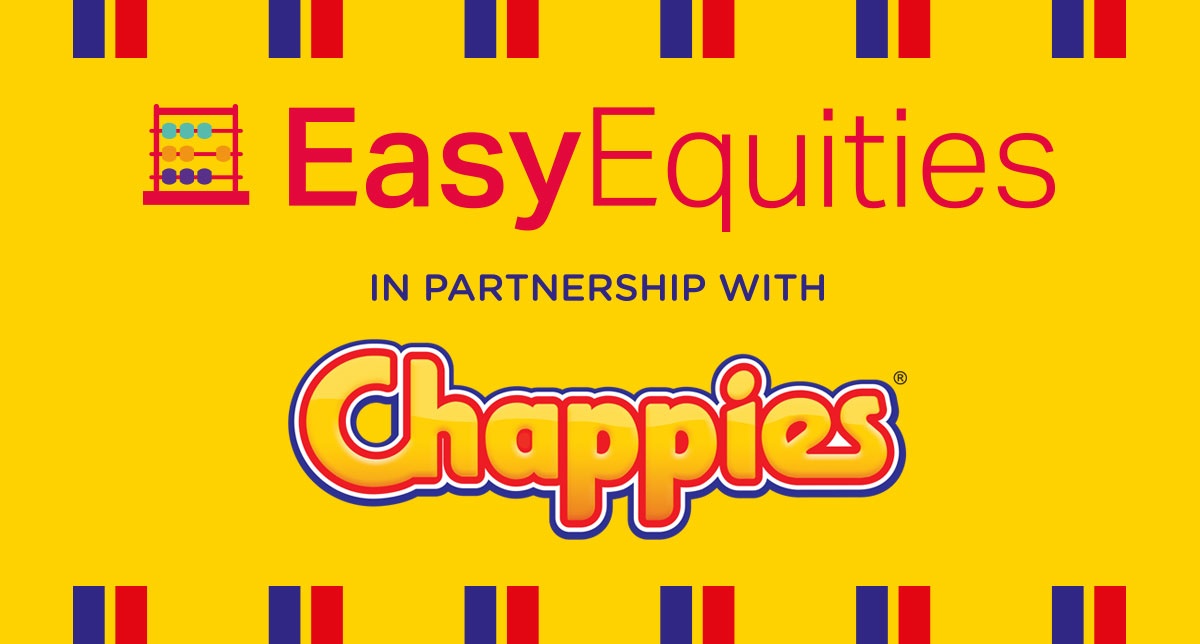As we near Christmas, it is timely to revisit the JSE’s largest stock by market capitalisation, namely Naspers. You can’t escape this R1.2 trillion company by market value and all investors typically have some exposure, either indirectly through an ETF or directly through their own shareholding (made easier, of course, by fractional share ownership at EasyEquities). There has been quite a bit of newsflow out of Naspers of late, including the announcement to unbundle MultiChoice and list the company separately on the JSE, interim results, a secondary listing on A2X, R4.6 billion committed to the funding of South African technology businesses, and various investments, including Webuycars. Tencent, in which Naspers has a 31% shareholding worth a whopping R1.6 trillion, has been busy too, recently reporting a solid set of Q3 results and listing Tencent Music on the NYSE.
“A gift to yourself and your family this Christmas”
Naspers [JSE:NPN]
NPN share price ZAR: R2802
NPN net shares in issue: 432,1 million
NPN market cap ZAR: R 1 210 million ($84.6 billion)
(The 31% shareholding in Tencent is worth R1.63 trillion)
Portfolio Buy - a core portfolio holding, subject to a suggested 10% maximum weighting as part of your total portfolio.
What you need to know:
As we head to the end of calendar 2018 and a welcome brief breather from the daily grind, Naspers will look back on the year as one of achievement in several areas. In the past few weeks too, there has been a flurry of positive corporate news and some goodies for the Christmas tree.
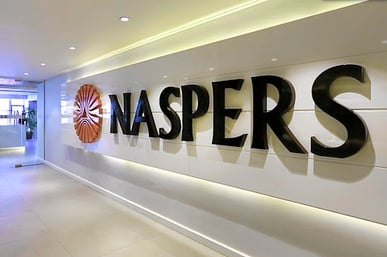 Naspers’ Classifieds business, OLX Group, has announced an investment of R1.4 billion in household name Webuycars, a local car buying service. Further good news for South Africa is that Naspers has committed R1.4 billion to a start-up fund for South African technology entrepreneurs, called Naspers Foundry. Naspers has also led a $540 million investment in BYJU’S, a K-12 educational learning app in India.
Naspers’ Classifieds business, OLX Group, has announced an investment of R1.4 billion in household name Webuycars, a local car buying service. Further good news for South Africa is that Naspers has committed R1.4 billion to a start-up fund for South African technology entrepreneurs, called Naspers Foundry. Naspers has also led a $540 million investment in BYJU’S, a K-12 educational learning app in India.
In the food area, Uber Eats isn’t the only game around. Naspers Ventures and Innova Capital committed $400 million in capital for iFood, the leading online food delivery platform in Latin America and invested $660 million in Swiggy, India’s largest food delivery platform.
Naspers shares are approved for secondary trading on the A2X stock exchange in Johannesburg with effect from 27 December 2018. They join a bunch of other companies seeking their equity listed on alternative regulated exchanges.
Perhaps the most significant event in the past year was the partial sell down of a 2% stake in Tencent to fund investment in classifieds, online food delivery and payments businesses, among others. Naspers reduced its shareholding in Tencent from 33.17% to 31.17% in March 2018, realising $9.8 billion (about R140 billion). Those shares were sold at over HK$400 compared with the current share price of HK$300 which means that if the shares were sold now, they’d get $2.5 billion less. Good timing.
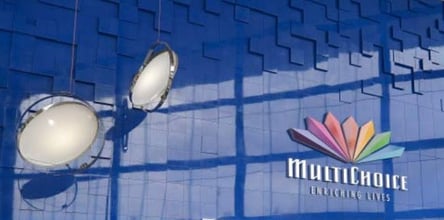 In September, Naspers announced the unbundling of the video entertainment assets under the name MultiChoice during the first six months of 2019. MultiChoice is potentially a R100 billion JSE listing, putting it in to the Top 40. So, keep tuned for developments on that front. MultiChoice South Africa alone makes EBITDA of $1,0 billion and a trading profit of $851 million, with free cash flow of $522 million. A new executive leadership team was announced in October for the newly formed MultiChoice Group.
In September, Naspers announced the unbundling of the video entertainment assets under the name MultiChoice during the first six months of 2019. MultiChoice is potentially a R100 billion JSE listing, putting it in to the Top 40. So, keep tuned for developments on that front. MultiChoice South Africa alone makes EBITDA of $1,0 billion and a trading profit of $851 million, with free cash flow of $522 million. A new executive leadership team was announced in October for the newly formed MultiChoice Group.
Meantime, Tencent, has been busily going about its business in China. The recent Q3 earnings were encouraging. Mobile game sales grew by 11% Q/Q and there are 15 approved titles in the pipeline. The so-called mini-programme monetization has commenced and helped online advertising.
For the three months to 30th of September, Tencent revenues grew by 24% Y/Y (9% Q/Q) with non-GAAP EPS increasing by 15% (flat Q/Q). Over 9 months, Tencent non-GAAP EPS has increased by 21%. The 9-month run rate suggests that my targeted non–GAAP EPS of RMB8.30 per share for 2018 is realistic (up from RMB6.83 in 2017) and representing a 21% increase, which is in-line with the 9-month actual. My current estimate is for a pickup in earnings growth in F2019 to 27.7%, with EPS at RMB10.60, and rising by 17.9% in F2020 to RMB12.50. This would imply a CAGR of 22% over 3 years.
Whilst Chinese regulatory concerns have weighed on sentiment toward Tencent, seeking to limit excess in gaming, Tencent has been proactive in tackling that by self-imposed limitations and access control.
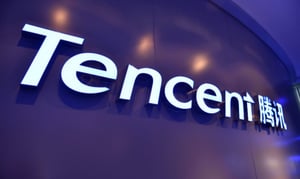 Tencent has become a lot cheaper, although there has been a 20% recovery from recent year-to-date lows. In January this year, before the 2017 annual results came out, the training 2017 PE ratio was 53x with the projected forward 2018 multiple 41x. This Christmas, you are buying Tencent on a 2018 PE ratio of 34x and a forward 2019 PE ratio of 27x and you are paying a lot less for the same earnings stream.
Tencent has become a lot cheaper, although there has been a 20% recovery from recent year-to-date lows. In January this year, before the 2017 annual results came out, the training 2017 PE ratio was 53x with the projected forward 2018 multiple 41x. This Christmas, you are buying Tencent on a 2018 PE ratio of 34x and a forward 2019 PE ratio of 27x and you are paying a lot less for the same earnings stream.
Sentiment frequently diverges from business fundamentals. Tencent is in a sound financial position. The balance sheet is strong. Shareholders’ equity is estimated at CN¥350 billion by year end and I estimate year end net cash of CN¥50 billion.
Tencent Music recently had an IPO. The Chinese music streamer is one of the bigger US listings in recent years. The offering raised $1.1bn for the company and its selling shareholders. This values Tencent music at $21 billion. The stock trades on the NYSE under the symbol TME. This was positive for sentiment toward the parent company, which held 58% of Tencent Music Entertainment, with Spotify holding 9.1% and the directors and executives holding 8.4%.
The Naspers see-through discount to the stake in Tencent is currently at 25% and has been stubbornly in the 20% to 30% range for months. The negative gap is R420 billion and thus the other assets in Naspers are at a steep negative valuation. This explains why Naspers is trying to address the holding company discount. However, because assets other than Tencent make a collective loss, as the recent interim results continued to affirm, investors struggle to give Naspers the benefit of the doubt in the rating.
To show you how big Naspers is, and thus how vulnerable you’d be to full weight exposure in your portfolio, we only need look at the MSCI South Africa Index, designed to measure the performance of the large and mid-cap segments of the South African market. With 52 constituents, the index covers 85% of the free float-adjusted market capitalization. Naspers has a 27% weighting whilst the next biggest is Sasol at 6% and then FirstRand and Standard Bank at 5% apiece.
Naspers remains a core portfolio choice for South African investors. I’d suggest that you don’t have a full weight position but 10% or so is probably the maximum as part of your total portfolio. Make Naspers a gift to yourself and your family this Christmas.
Portfolio Buy
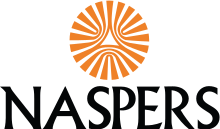
Wishing you happy holidays and profitable investing.
M N INGHAM
Check out Ingham's last note on Naspers:
"Dstv appearing live on the JSE"
